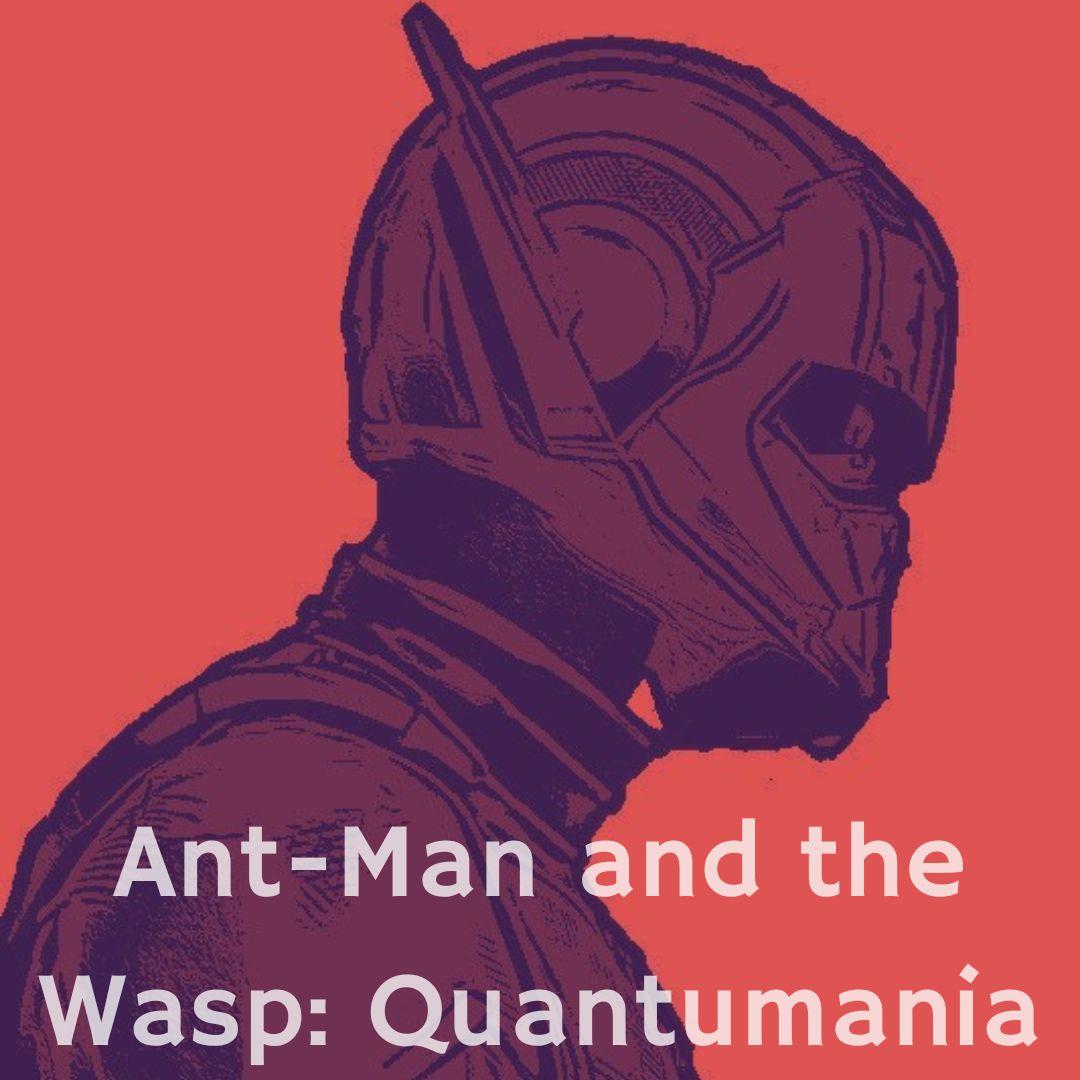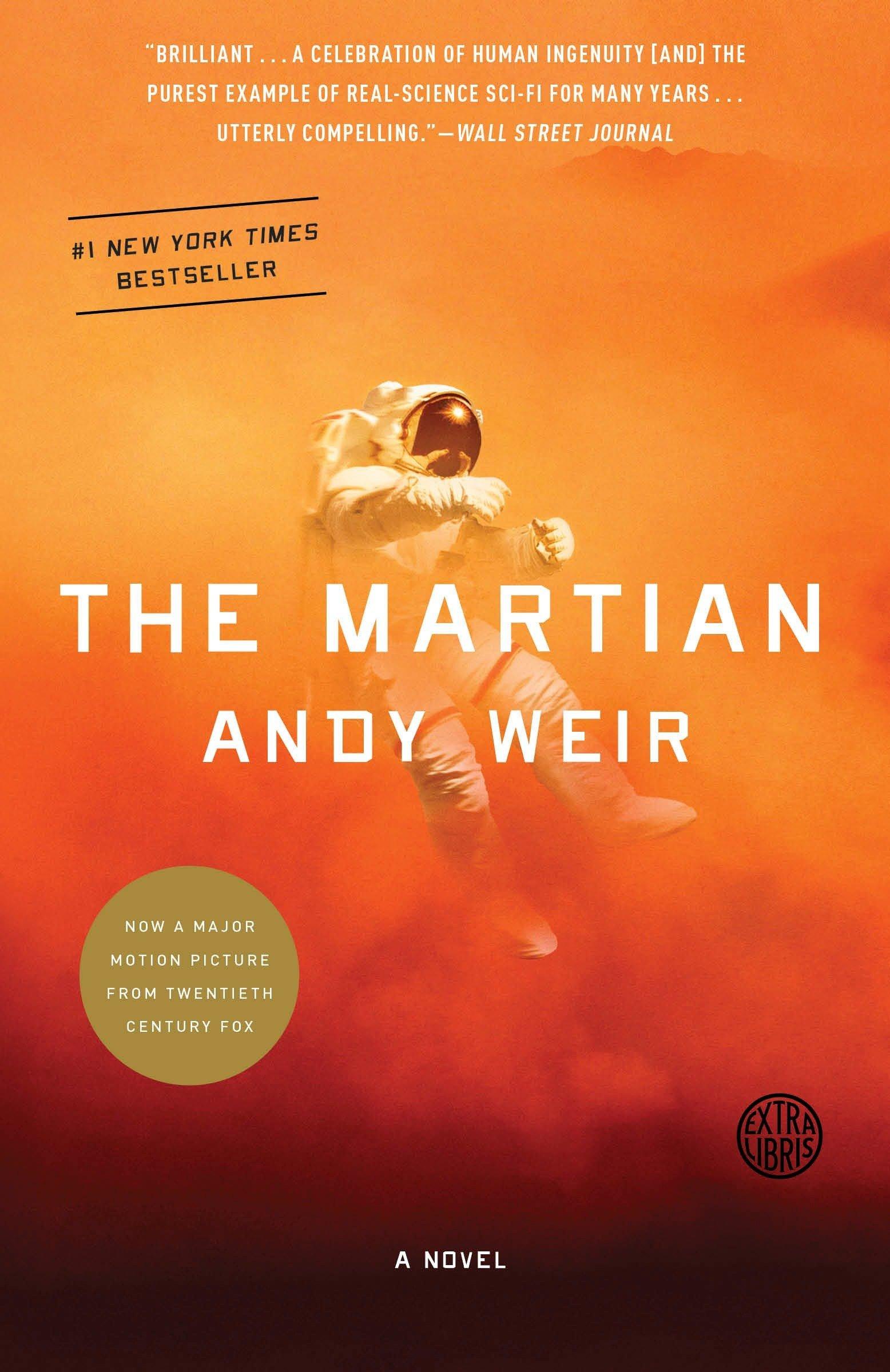“Ant-Man and the Wasp: Quantumania” delivers little impact in box office flop
The first of the Marvel Cinematic Universe’s Phase 5 films, “Ant-Man and the Wasp: Quantumania,” falls short with an unreasonable plot that falls into previous Marvel tropes and lacks emotional impact.
The movie follows Ant-Man, played by Paul Rudd, and his family as they are thrust into the quantum realm, a miniature universe located in the space between atoms. There, they find a fight of multiversal proportions with Kang the Conqueror, portrayed by Jonathan Majors.
This adventure takes place soon after the conclusion of Phase 4 — where Ant-Man and the Avengers defeated Thanos, who sought to destroy the universe — and is an attempt to set the scene for the next major villain.
However, this goal creates the problem with “Ant-Man and the Wasp: Quantumania:” it introduces the strongest Marvel villain ever, but doesn’t include the development needed to make it logically and emotionally click.
It took 22 movies to reach the events of “Avengers: Endgame,” where Thanos was ultimately defeated, and the writers were able to attract millions as they slowly built up to such large stakes and a powerful showdown.
After such a successful box office showing, Marvel is being hasty in the next stage. The introduction of Kang is too sudden: he enters the scene as the next MCU “big bad” in a single movie.
Kang is a villain who not only matches the universe-threatening powers of Thanos, but far exceeds them with powers that govern the multiverse itself.
The character was further supported by amazing visual effects throughout the film. Kang’s blue and solemn face, jutting out of his full body purple and green suit was a vivid, bizarre and terrifying sight altogether.
Add the depiction of the vast alien landscapes of the quantum realm and Kang’s empire, and the film’s visuals were both refreshing and inventive.
It’s a shame that this setting wasn’t properly developed.
Rather than allowing the audience time to become invested, the writers have rapidly escalated the stakes, perhaps as an attempted shortcut to reaching the scale and impact of prior films such as “Avengers: Endgame” and “Avengers: Infinity War.”
But this simply doesn’t work — even in light of the unfathomable stakes, the short timeframe perpetuates a lack of emotional impact for viewers.
As Ant-Man enters the quantum realm, viewers are presented with an almost “Star Wars”-like world, but completely fail to see local experiences and stories about Kang’s conquest.
This causes a lack of caring regarding the rebellion led by the inhabitants of the quantum realm — which also received minimal setup.
We also see startlingly little development from the main characters in the film. After the events of the movie take place, the characters go back to their lives with little consequence.
It makes sense then, that when these powers and characters are displayed in final fight scenes, it hardly pans out as a crucial showdown.
The storyline as a whole serves as little more than a setup plot to allow Kang to take the screen in future films.
Although the abrupt concentration on a villain such as Kang was a shortcoming of the movie, seeing such a powerful villain enter the MCU was exciting.
Majors’ lines are a perfect mix of calm and terrifying, and Kang captured the viewers’ attention whenever he took the scene. This delivery is even more impressive when contrasted with Majors’ portrayal of the energetic He Who Remains, a variant of Kang from another universe, in “Loki”, another Marvel Cinematic Universe project.
However, inconsistent writing hampers the effect Majors’ has on screen.
In the first half of the movie, Kang comes off as frightening and powerful — up until he starts letting himself get thrown around by Ant-Man, a both literal and figurative “little guy,” in the final battle.
We hear whispers of the incomprehensible powers of Kang, who is referred to almost reverently by his pronouns in the first half of the film.
Later, we even see him vanquish crowds with ease, literally snapping enemies out of existence.
Where were these powers in the final showdown? Marvel’s quest for increasingly bigger stakes has created such a powerful villain that normal fight scenes don’t make sense; however, this clearly doesn’t stop them from trying.
At the film’s conclusion, we are told that Kang’s variants will return in future films. This is something to look forward to — despite the cop-out of a final fight, Kang was a scary and well-set up villain, and the end credit scene promises more of Jonathan Major’s excellent acting.
“Ant-Man and the Wasp: Quantumania” is truly a brainless watch: creative visuals and new characters keep the film engaging, but when viewed in light of the glaring inconsistencies and lack of emotional development, it is unable to resonate with audiences.
There’s a line in the film from a memoir, written by Ant-Man himself, repeated often — that “there’s always room to grow.”
One can only hope that the character development and plot will “grow” in future Phase 5 installments.
Rating: 2.5/5
By Saheb Gulati
This story was originally published in the March 7 issue of the The Octagon




